Italians consume over 14 billion espresso drinks each year (!) making the country’s coffee intake the highest in the world.
That’s A LOT of caffeine.
Baristas in the boot-shaped peninsula take great pride in their ability to extract perfectly flavored espresso every time, so much so that it takes 2-3 years of training before they are even allowed to work in a cafe. The average age of a barista is around 45 years and you can literally taste their 10+ years of experience in the white porcelain cup placed in front of you.
In order to fully appreciate the barista’s skill and their coffee creations, there are a few Italian coffee culture aspects that are important to know.
First of all, in Italy what we (North Americans) consider to be a "Cafe" is actually called a Bar. Though these establishments will usually serve pastries, small sandwiches, and alcohol, at least 80% of their business comes from espresso sales.
If your expectations of the Italian Bar/Cafe are to be able to sit down and spend an hour people-watching as you linger over your cappuccino, think again. Unless you are in a tourist zone, where shop owners are used to this type of behavior, you will be looked at like you are nuts.
Though Italians drink a lot of coffee, they do so in small, steady doses which involves ordering at the bar while standing, downing their drink after it is put in front of them, and then leaving. The entire process usually takes less than five minutes.
Because slamming back your drink and not sipping it slowly is the norm, espresso is usually not heated any higher than lukewarm. Beverages with milk are served lukewarm as well because overheating milk destroys the natural sweetness and silkiness of it. If you want anything hotter, you will have to request it by asking for ben caldo or molto caldo, but expect some eye rolls from your barista.
If you are desperate to rest your feet and decide to sit down at a table, expect to pay a ridiculous price for your drink — what will cost 0.80 Euros standing at the bar can cost you more than 6.00 Euros if you sit down!
When ordering your drink, it is important to remember that it is pronounced eSpresso and NOT eXpresso. (One means coffee, the other a fast train).
However, there will be little need to ever actually say that word when ordering because if you want a simple shot of espresso as your beverage, you would order un caffe — don’t worry, we’ll go over types of drinks later.
Most importantly, DO NOT think that you have walked into a Starbucks when you wander into an Italian cafe. Ordering a caramel macchiato or mocha frappuccino in Italy is the equivalent of ordering a Guinness mixed with coke and topped with a cinnamon stick in Ireland. Not cool.
Italians drink coffee with breakfast and throughout the day, but expect a lot of strange looks if you order anything other than un caffe after dinner. Their reasoning is: How can you put all of that hot milk in a full stomach?
There are a lot of different ways to drink espresso-based beverages and it can be overwhelming walking into a local bar, all eyes on you, as you struggle to pick something off the menu.
Here’s a list of common espresso-based drinks you'll find in Italy:
un caffe — a single shot of espresso
caffe doppio — a double shot of espresso
caffe Americano — a single espresso with hot water (the closest thing to a drip coffee)
caffe corretto — espresso with grappa (strong Italian liquor)
caffe macchiato — espresso with a dash of warm milk
latte macchiato — warm milk with a dash of espresso
caffe freddo — a glass of cold, sweetened coffee (ask for it amaro to omit the sugar)
cappuccino — espresso with hot, frothy milk
caffe latte — milkier version of the cappuccino with less froth
cappuccino freddo — milky iced coffee
Pin Me!
Related Posts
Meet The Author
Lindsay Shapka is an avid traveler and the creator of The Anthrotorian — a website dedicated to sharing travel tips, stories about adventures, culture quirks, artists you should know, fascinating bits of history, and more!
She is also an artist, marketing specialist, editor, and freelance writer who has work featured on websites, blogs, and in magazines like National Geographic Traveler.
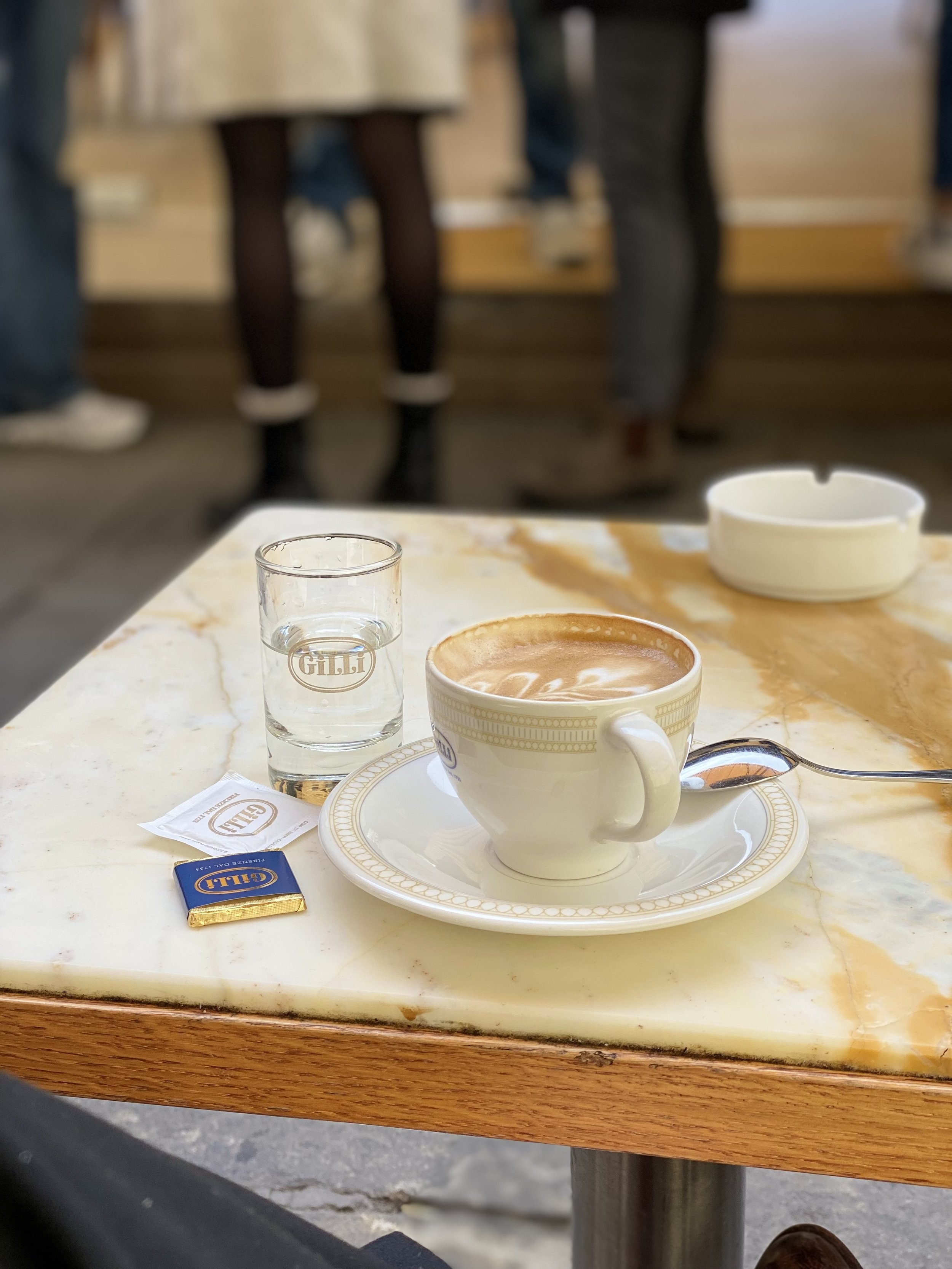
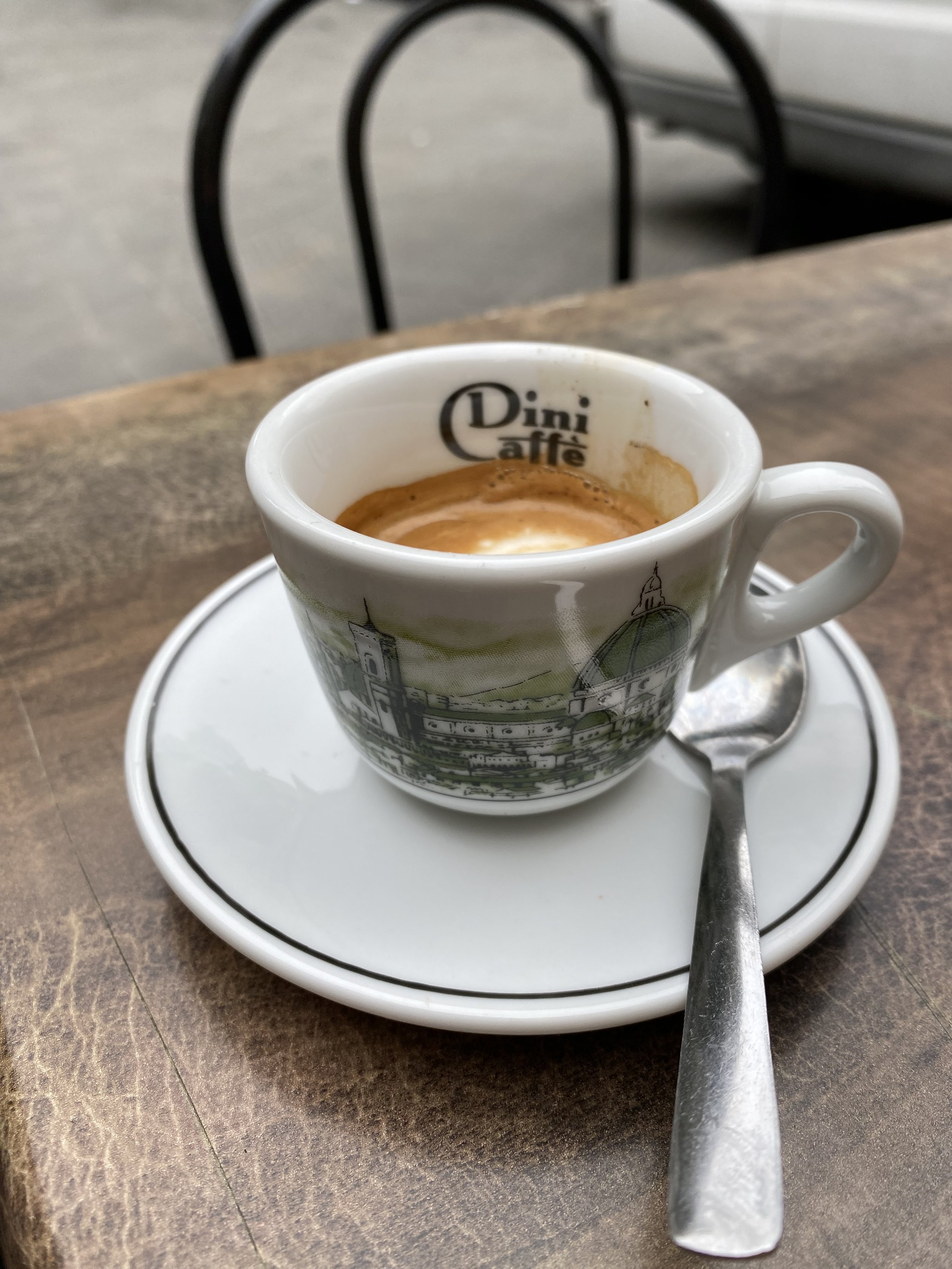
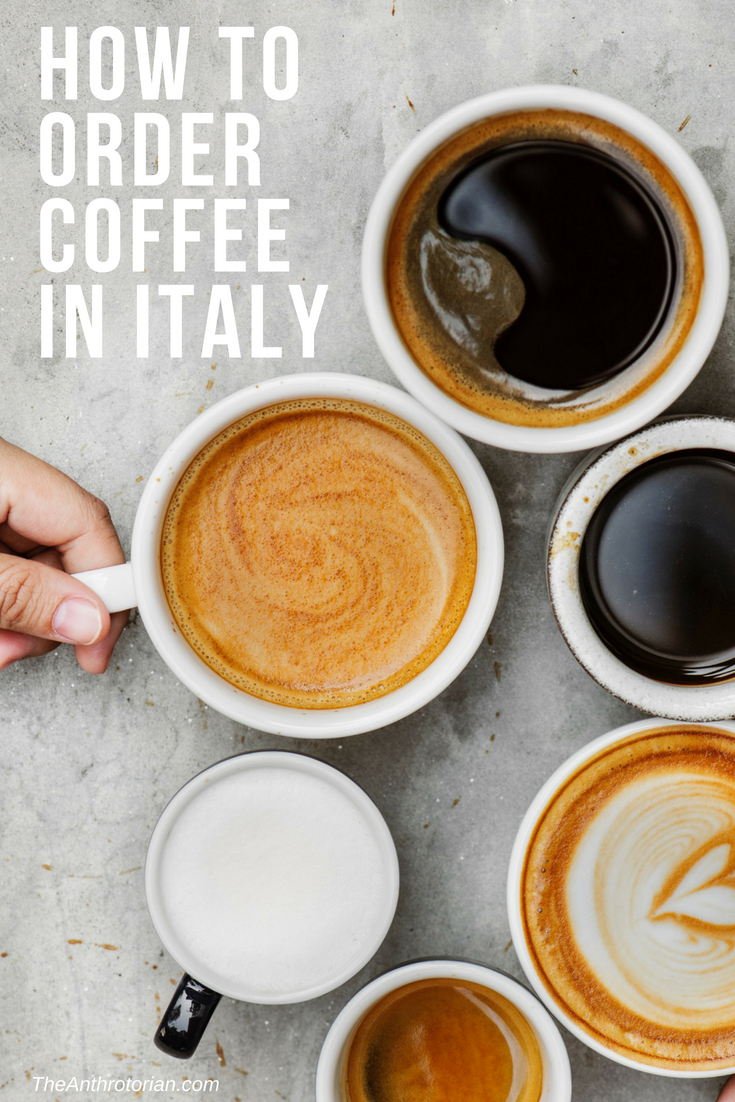

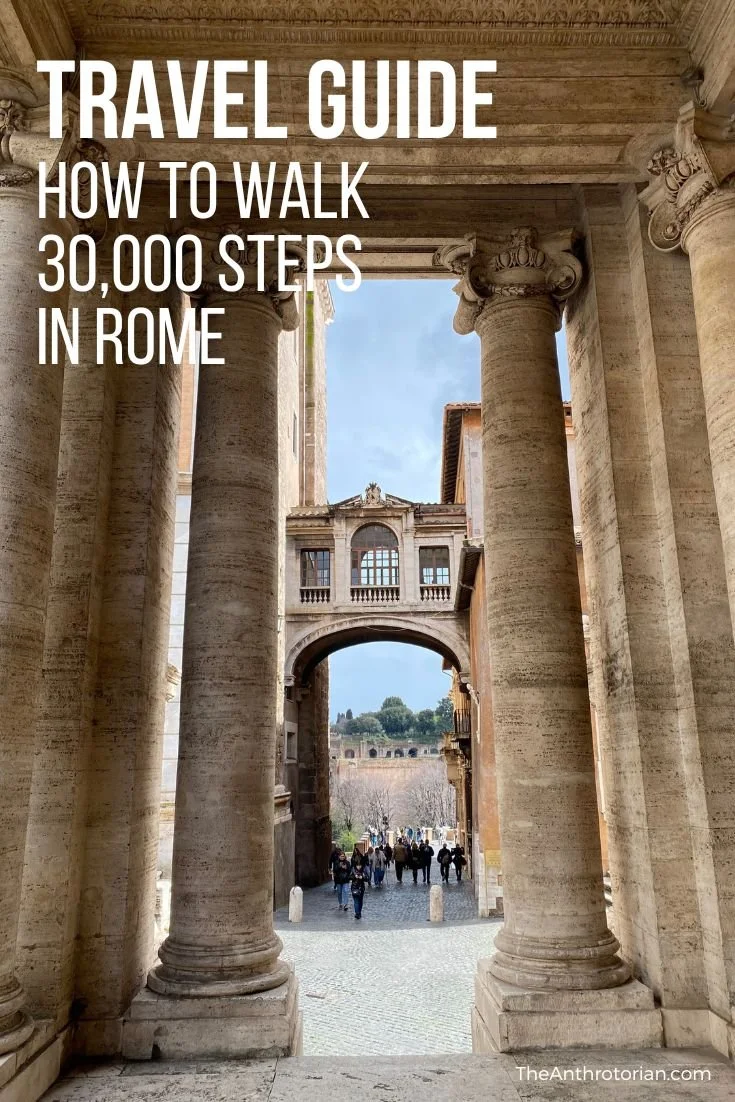







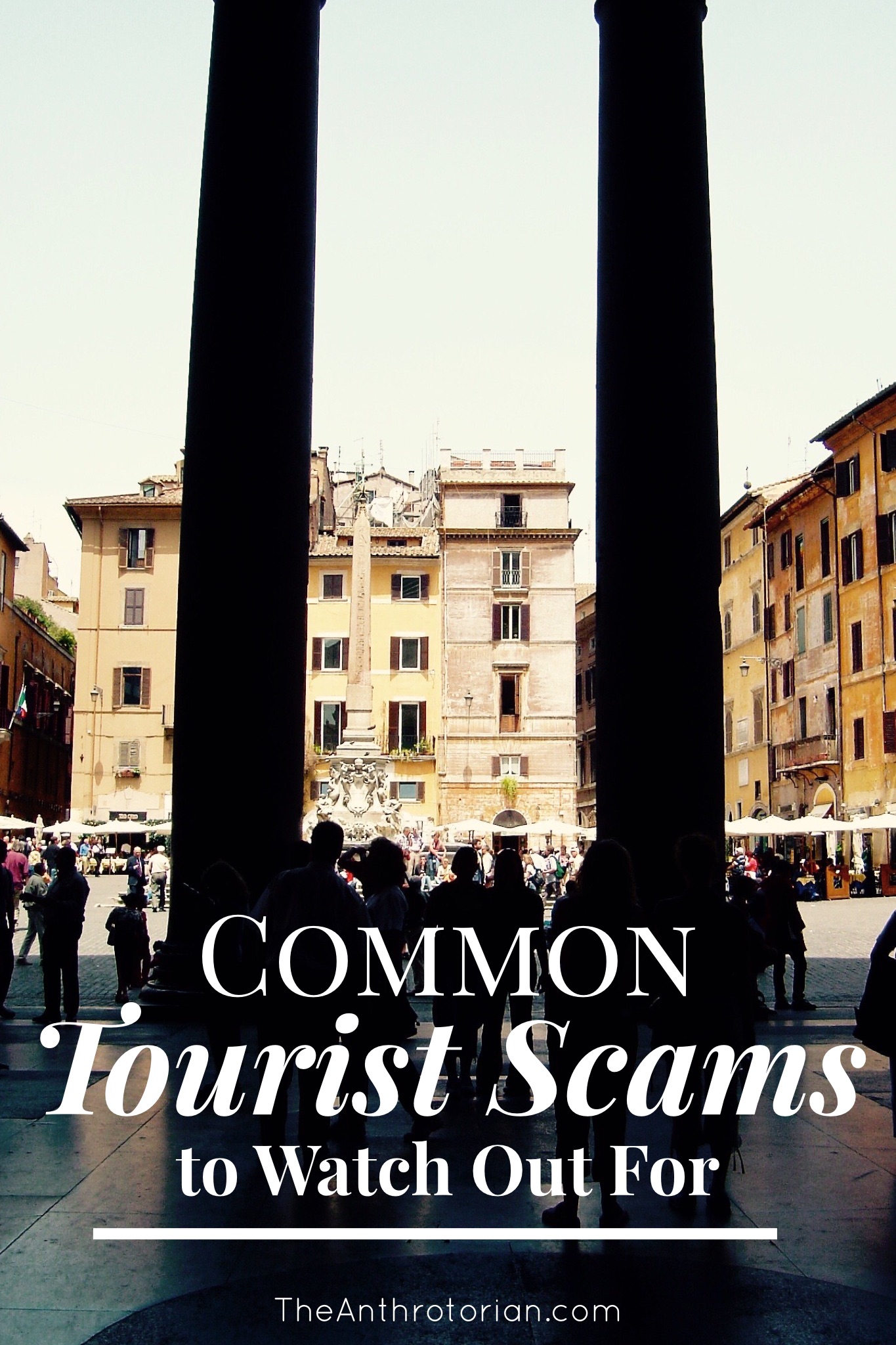


If the last few years of travel has taught us anything, it is that airports are busier than ever, and both they, and the airlines, are struggling to keep up with the demand.
Throughout the recent summer and holiday seasons, we were bombarded with images and videos of stacks of lost luggage left in airports all over the world. If you are anything like me, it has made checking a bag seem like a risk that I am not willing to take — especially if I am going for a short trip and don’t want to be without my clothing, etc. for even a day.